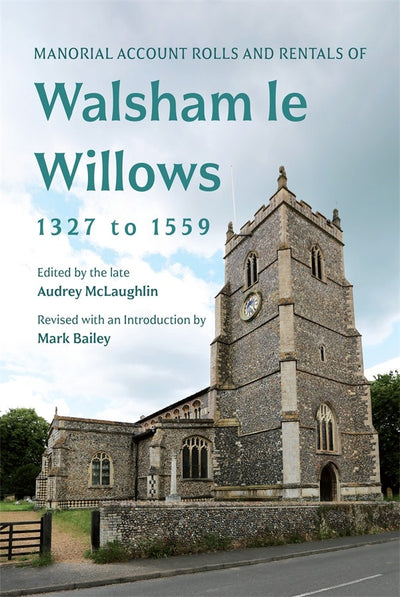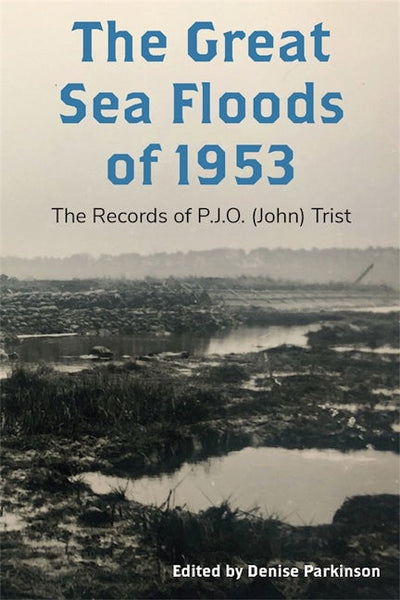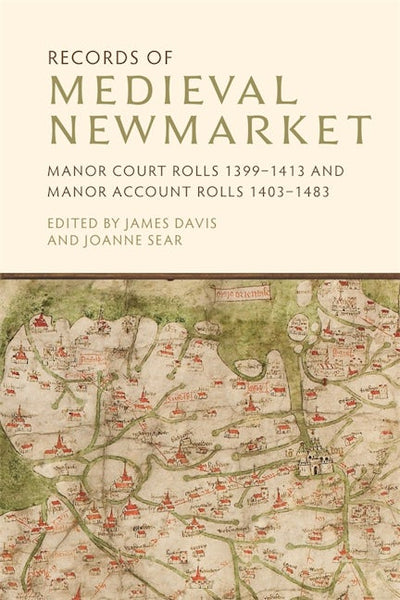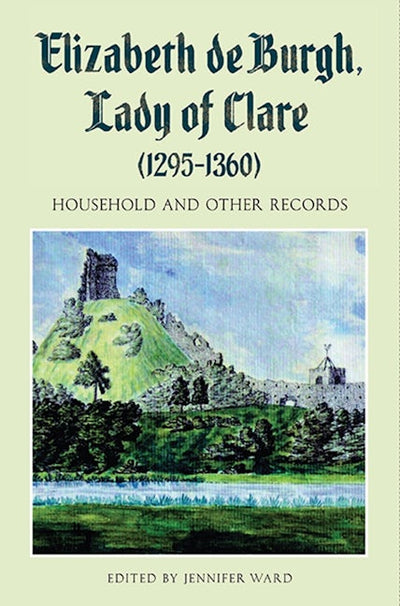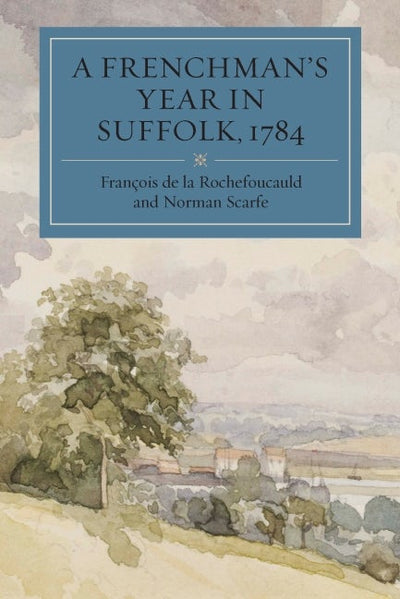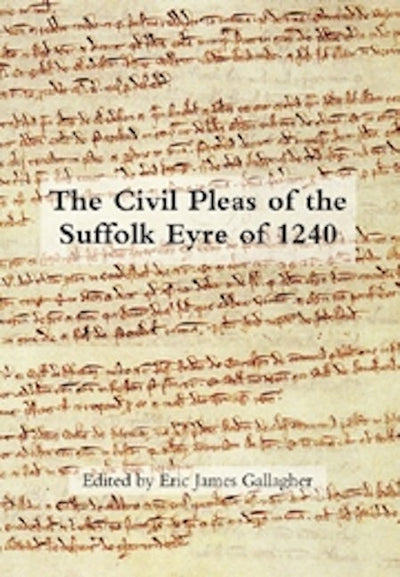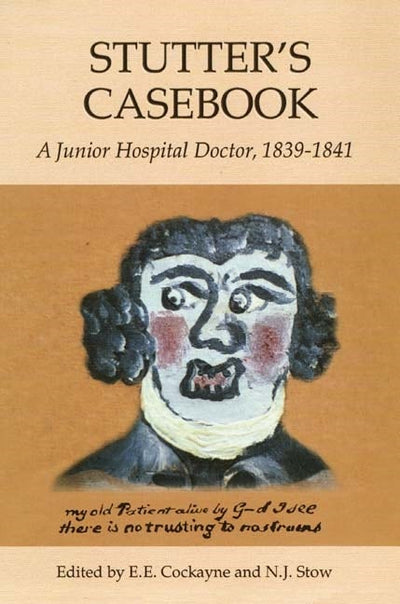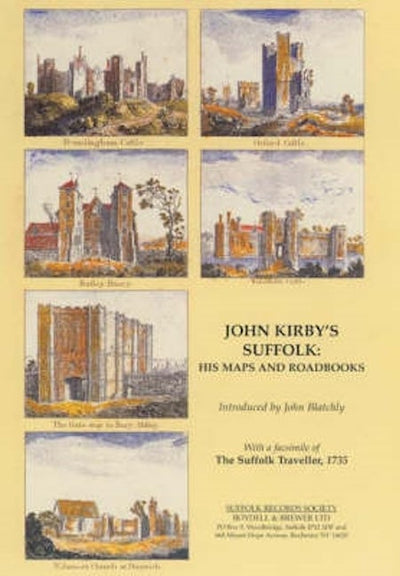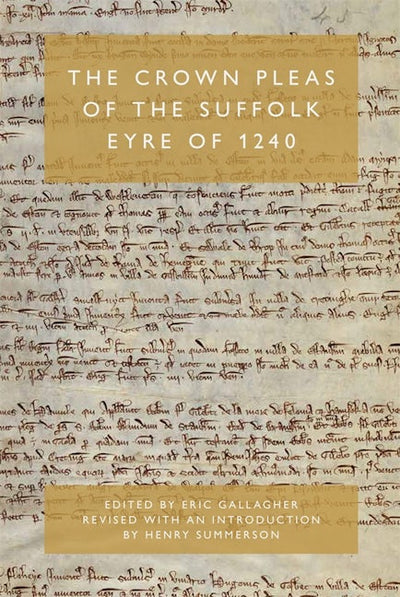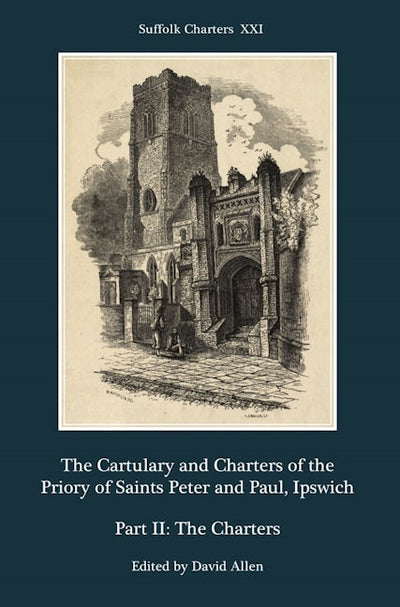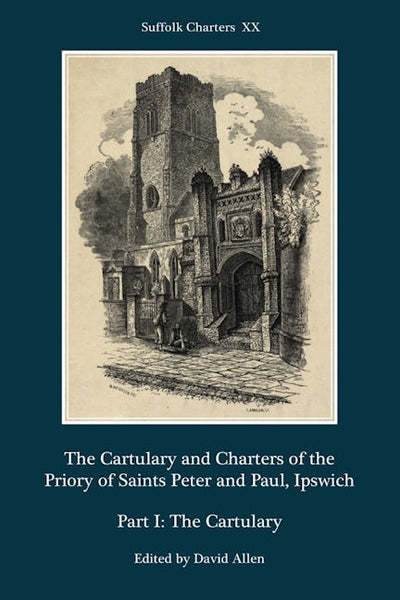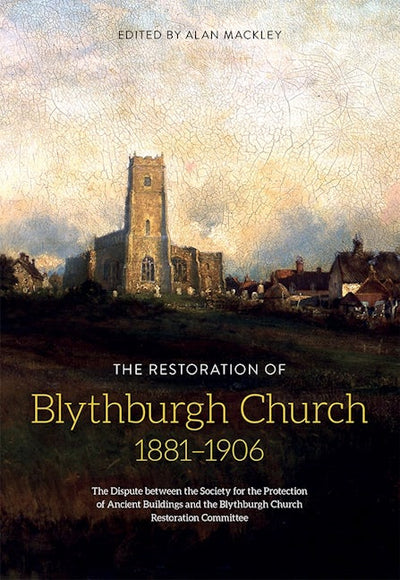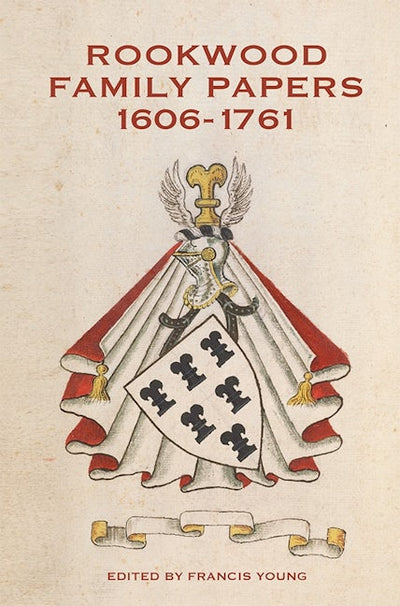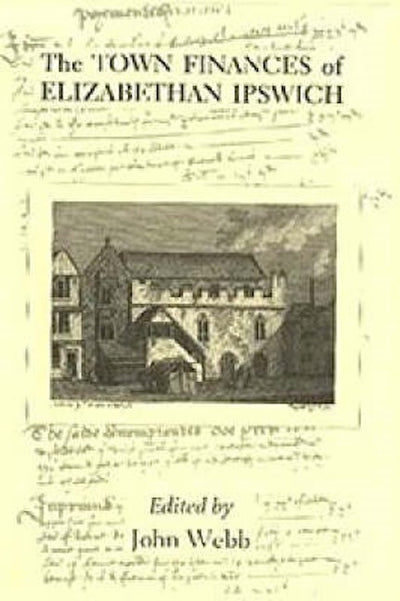-
Antiques & Collectibles
-
Architecture
-
Art
-
Bibles
-
Biography & Autobiography
-
Body, Mind & Spirit
-
Business & Economics
-
Comics & Graphic Novels
-
Computers
-
Cooking
-
Crafts & Hobbies
-
Design
-
Education
-
Family & Relationship
-
Fiction
-
Foreign Language Study
-
Games & Activities
-
Gardening
-
Health & Fitness
-
History
-
House & Home
-
Humor
-
Juvenile Fiction
-
Juvenile Nonfiction
-
Language Arts & Disciplines
-
Law
-
Literary Collections
-
Literary Criticism
-
Mathematics
-
Medical
-
Miscellaneous
-
Music
-
Nature
-
Performing Arts
-
Pets
-
Philosophy
-
Photography
-
Poetry
-
Political Science
-
Psychology
-
Reference
-
Religion
-
Self-Help
-
Science
-
Social Science
-
Sports & Recreation
-
Study Aids
-
Technology & Engineering
-
Transportation
-
Travel
-
True Crime
-
Young Adult Fiction
-
Young Adult Nonfiction
-
Antiques & Collectibles
-
Architecture
-
Art
-
Bibles
-
Biography & Autobiography
-
Body, Mind & Spirit
-
Business & Economics
-
Comics & Graphic Novels
-
Computers
-
Cooking
-
Crafts & Hobbies
-
Design
-
Education
-
Family & Relationship
-
Fiction
-
Foreign Language Study
-
Games & Activities
-
Gardening
-
Health & Fitness
-
History
-
House & Home
-
Humor
-
Juvenile Fiction
-
Juvenile Nonfiction
-
Language Arts & Disciplines
-
Law
-
Literary Collections
-
Literary Criticism
-
Mathematics
-
Medical
-
Miscellaneous
-
Music
-
Nature
-
Performing Arts
-
Pets
-
Philosophy
-
Photography
-
Poetry
-
Political Science
-
Psychology
-
Reference
-
Religion
-
Self-Help
-
Science
-
Social Science
-
Sports & Recreation
-
Study Aids
-
Technology & Engineering
-
Transportation
-
Travel
-
True Crime
-
Young Adult Fiction
-
Young Adult Nonfiction
An Ipswich Man’s War
Regular price $115.00 Save $-115.00The First World War diaries of the Ipswich man, George Punchard, are published here for the first time. They not only give a detailed account of his experiences in France, Belgium and on home service, but also reveal the inner thoughts of an extraordinary working man who served for the entire length of the war. In 1919 Punchard wrote out the diaries and supplemented them with photographs taken during his service, postcards he had bought, and some sketched plans, from which a selection illustrate this volume. He also casts light on his fellow territorial soldiers from Ipswich and East Suffolk who fought with him in the 4th Battalion of the Suffolk Regiment.

Manorial Account Rolls and Rentals of Walsham Le Willows 1327 to 1559
Regular price $115.00 Save $-115.00The Suffolk Records Society has already published three volumes on Walsham Le Willows: 17, the Field Book of 1577 edited by Kenneth Dodd, and 41 and 45, the Court Rolls of 1303-1399, edited by Ray Lock. This fourth volume, featuring a good series of manorial accounts and rentals, complements the court roll material by painting a more textured picture of life in late-medieval Walsham through furnishing further details of its society and economy. These include documents from the small lay manor of High Hall, which was highly typical of medieval English lordships but hardly any sources have survived from such places. The accounts and rentals provide insights into Walsham's agricultural practices, including woodland management for the production of fuel, the balance of crops and livestock, the disposal of produce, the remuneration of workers, the consumption habits of harvest workers and local lords, and the role of women in the management of the manorial estate. There are insights into local tensions following the national political turmoil in the summer of 1450.
Yet even these four volumes hardly scratch the surface of the surviving archive. In addition to the published fourteenth-century court rolls there is a long run of rolls from 1399 through to the early twentieth century and there are many more surveys and rentals from the early modern period. Indeed Walsham may reasonably claim to be one of the best documented places in England between 1300 and 1900.

The Great Sea Floods of 1953
Regular price $115.00 Save $-115.00
The Franciscans in Medieval Bury St Edmunds
Regular price $85.00 Save $-85.00Between 1233 and 1263 Franciscan friars engaged in a fierce confrontation with one of the most powerful abbeys in western Christendom, St Edmunds Abbey. Bringing together the documents that describe the sometimes violent and destructive conflict, which was litigated in both the royal court and the papal curia, this volume traces the history of the Franciscan presence at Bury St Edmunds both before and after the friars established a permanent home at Babwell Fen outside the town's North Gate in 1265. The controversy created by the arrival of mendicant friars was one of the major religious events of thirteenth-century Europe; the events in Bury are the best evidenced in England, and among the most richly documented mendicant-monastic conflicts in Europe. The volume includes documents produced by the monks of St Edmunds, the royal chancery, the papal curia and the friars themselves, chronicling a mendicant community that continued to challenge and disrupt the authority of the Abbey over Bury St Edmunds.

Monks Eleigh Manorial Records, 1210-1683
Regular price $135.00 Save $-135.00The manor was one of the principal units of medieval administration, providing a legal framework for land tenure, the prosecution of crimes and misdemeanours and social control. For the lord of a manor it was a source of supplies and income for the maintenance of his status and power. For the tenants the manor formed the everyday focus of their working lives, because they typically owed work services on his land and were subject to the manorial court for wrong doings, the settlement of disputes, the holding of their lands and payment of various feudal dues. Manors were the standard unit of land tenure for centuries, but they changed and developed over time and differed in their administration according to the particular custom of each manor.
The records of the manor of Monks Eleigh are typical of those which still exist for hundreds of manors across England. They allow us to glimpse some of the details of the people who lived and worked there over a period of some four centuries. In the earliest extents and accounts we see a concentration on the work services which the unfree tenants were obliged to do on the lord's lands in lieu of rent, including ploughing, sowing, harrowing, harvesting, carting, ditching, hurdle-making and working in the manor vineyard. Accounts list the lord's stock of animals including oxen, horses, cattle, sheep, geese, ducks, peacocks and doves. They detail repairs to manorial buildings such as the hall, barns, mill, dovecote, sheep-cotes and gates. Court rolls record admissions of tenants to land-holdings as well as fines for misdemeanours such as trespass on growing crops, assaults and thefts. By the sixteenth century the rentals show that an increasing number of tenants were using their manorial land-holdings as investments by living elsewhere and sub-letting them.
In more general terms, these records can throw light on the development of manorial administration over time, the changing forms of land tenure, place name and surname studies, the decline in serfdom, popular unrest and social mobility.

Records of Medieval Newmarket
Regular price $125.00 Save $-125.00This volume, edited by James Davis and Joanne Sear, contains the translations of the surviving court and account rolls of Newmarket, together with translations of two royal charters for Newmarket's fairs. Although the court rolls span only fifteen years around the turn of the fifteenth century, the four different types of court they represent - manorial, market, fair and leet - are not replicated in the surviving records of any other medieval English small town. Also included are substantial sets of account rolls from the middle and later years of the fifteenth century which, in particular, provide details of the holdings, stalls and shops that were rented not just to Newmarket tenants but also to traders from further afield. Although the dates of the two sets of rolls do not coincide, their span across most of the fifteenth century provides substantive evidence for the growth and expansion of commercial activities, changing Newmarket from an inconsequential trading post into a significant and vibrant settlement, albeit small, on the main route between London and Norwich.
The manorial rolls contain deletions and revisions, showing that they were used as working documents, indispensable to the lord of the manor's officials in overseeing the smooth running of the settlement and in ensuring the maximal receipt of all the income due to him. The commercial focus is a clear and vibrant reminder of the importance of markets to much of medieval society.

Elizabeth de Burgh, Lady of Clare (1295-1360)
Regular price $75.00 Save $-75.00Noble widows were powerful figures in the later Middle Ages, running their own estates and exercising considerable influence. Elizabeth de Burgh (1295-1360), daughter of one of the most powerful earls in England and cousin of Edward II, lost her third husband at the age of twenty-six, and spent the rest of her life as a widow. In 1317, having inherited one-third of the lands of her brother, Gilbert de Clare, earl of Gloucester and Hertford, who had been killed at Bannockburn three years earlier, she established herself at Clare, which became her main administrative centre for her estates in East Anglia, Dorset and South Wales. She enjoyed a noble lifestyle, was lavish in her hospitality to family and friends, entertaining Edward III in 1340, and she displayed her piety through her patronage of religious houses and her foundation of Clare College in Cambridge.
Her life and activities are portrayed in vivid detail in her household accounts and her will, selected extracts from which are provided in this volume. Altogether, 102 accounts of various types survive from the years of her widowhood, and the records here have been chosento illustrate the great range of information provided, throwing light on Clare castle itself and its furnishings, daily life and religious practice, visitors, food and drink, livery and retainers, travel, and business. They paintof a vivid picture of the life and work of a noble family in the fourteenth century.
Jennifer Ward taught and researched medieval and regional history at Goldsmiths College, University of London, until her retirement.

A Frenchman's Year in Suffolk
Regular price $29.95 Save $-29.95Norman Scarfe, the well-known historian of Suffolk and beyond, provides a spirited translation of François' journal; it is complemented by numerous illustrations.

The Civil Pleas of the Suffolk Eyre of 1240
Regular price $49.95 Save $-49.95The eyre was an organised judicial visitation to the counties of England by the king's justices to hear all types of plea, civil and crown, as well as to investigate any matters for the king that pertain to the county; it was thusa hugely important part of the legal process.
This volume presents an edition and translation of the civil pleas in the Suffolk Eyre Roll of 1240, now in the National Archives, the first civil pleas from a Suffolk eyreroll to be fully published. It throws light on common law in mid thirteenth-century England and its application within the county. It shows that the development of the King's justice in the counties was in accordance with the 13th century De Legibus et Consuetudinibus Angliae, commonly called Bracton after the 13th century judge, who supposedly wrote this book of medieval jurisprudence. And, more widely, it also illustrates the nature and government of local society and how people at all levels fared in this particular eyre.
The editor's introduction provides a summary of the eyre system and an analysis of those attending the eyre, the types of plea used and the outcome of those pleas. It attempts to estimate how much money was raised for the king and why the system became such a huge source of royal revenue. Finally it provides reasons for the demise of the eyre system in the latethirteenth and early fourteenth centuries.

Stutter's Casebook
Regular price $49.95 Save $-49.95For most of his career W.G. Stutter [1815-77] was a respected general medical practitioner in the village of Wickhambrook, a small Suffolk backwater. As a younger man, however, he spent some time as House Apothecary and House Surgeon to the Suffolk General Hospital in Bury St Edmunds. Though just a record of a junior doctor in a small provincial hospital, this casebook is actually a surprisingly rare document of its kind and as such is a wonderful record of the medicine and medical profession of the period, in a place far removed from the great teaching hospitals. This is a time before X-rays, antibiotics, scanners and blood tests - in fact even the stethoscope was a relatively recent development. Stutter's casebook throws considerable light on the state of medicine in the early Victorian age and shows that while many of the treatments meted out by the medical profession seem illogical or sometimes even dangerous to modern eyes, they must have made perfect sense to the average doctor of the time.

Stutter's Casebook
Regular price $29.95 Save $-29.95For most of his career W.G. Stutter (1815-77) was a respected general medical practitioner in the village of Wickhambrook, a small Suffolk backwater. As a younger man, however, he spent some time as House Apothecary and House Surgeon to the Suffolk General Hospital in Bury St Edmunds. Though just a record of a junior doctor in a small provincial hospital, this casebook is actually a surprisingly rare document of its kind and as such is a wonderful recordof the medicine and medical profession of the period, in a place far removed from the great teaching hospitals. This is a time before X-rays, antibiotics, scanners and blood tests - in fact even the stethoscope was a relatively recent development.
Stutter's casebook throws considerable light on the state of medicine in the early Victorian age and shows that while many of the treatments meted out by the medical profession seem illogical or sometimeseven dangerous to modern eyes, they must have made perfect sense to the average doctor of the time.

John Kirby's Suffolk: His Maps and Roadbooks
Regular price $60.00 Save $-60.00Here, published in facsimile for the first time since the eighteenth century, are John Kirby's extremely rare large-scale Suffolk maps of 1736 and 1737 and the 1735 edition of his road-book The Suffolk Traveller, the earliest single-county roadbook. Those who subscribed for the 1736 map received the 1735 Traveller gratis. The maps of 1764 and 1766 which his sons published after his death are also provided, the former decorated with twelve engravings of castles and abbeys in the county.
The earliest maps were the result of a survey of the whole county which Kirby carried out, with some help from Nathaniel Bacon, between 1732 and 1734. Although it is easy to pointto inaccuracies, the hand-coloured maps are highly decorative and correct many of the errors common on earlier Suffolk maps in county atlases. The heraldry on the one-inch maps and the named owners and occupiers of the larger estates provide the basis for new select directories of the county in the mid 1730s and mid-1760s. This work of Suffolk topography includes a biography of John Kirby himself and a full account of the travails of publishing his maps and book. Contributions by JENNY JAMES.

The Crown Pleas of the Suffolk Eyre of 1240
Regular price $75.00 Save $-75.00The eyre was an organised judicial visitation to the counties of England by the king's justices to hear all types of plea, civil and crown, as well as to investigate any matters for the king that pertain to the county; it was thus a hugely important part of the legal process.
This volume, edited by Eric Gallagher with an introduction by Henry Summerson, follows on from Dr Gallagher's edition and translation of the civil pleas of the same eyre, published by the Suffolk Records Society in 2009. But whereas the civil pleas deal primarily with litigation between landowners, the crown pleas are mostly concerned with the actions of townsmen and peasants, recorded both as killers and thieves, and as the victims of crime. Like the civil pleas, the crown pleas illuminate the workings of the common law, but in addition they illustrate the functions and purposes of local and central government, shedding light in sometimes vivid detail upon the lives of the humbler members of society, upon their occupations, relationships, misfortunes and quarrels - and the sometimes bizarre ways in which they met their deaths. The eyre was led by William of York, the King's justiciar and later bishop of Salisbury, and his colleagues who met at Ipswich, Cattishall (outside Bury St Edmunds) and Dunwich.
The eyre roll, now in the National Archives, is the first from Suffolk surviving in full to have been edited and published; it has the particular interest of coming from a county that was then one of the most populous and prosperous of English shires.

The Cartulary and Charters of the Priory of Saints Peter and Paul, Ipswich
Regular price $105.00 Save $-105.00The charters and other documents recorded in the thirteenth-century Cartulary of the Augustinian priory of Sts Peter and Paul, Ipswich, donated to the public library of Lexington, Kentucky, in 1806, and purchased for Ipswich Record Office in 1970, throw light on an institution whose early history was mostly shrouded in obscurity. They are an important source for the study both of the expansion of the priory estates and the consolidation of its holdings bythe gift or purchase of adjoining parcels of land in common fields, and a mine of information for the student of place-names.
The charters presented here, with full explanatory notes, complement the contents of the priory'scartulary published in 2018. They illuminate the religious life of the priory, its community, spiritual rewards for its benefactors, steps taken to safeguard its assets, and the circumspection sometimes shown by the convent in itsdealings with the powerful.

The Cartulary and Charters of the Priory of Saints Peter and Paul, Ipswich
Regular price $85.00 Save $-85.00The charters and other documents recorded in the thirteenth-century Cartulary of the Augustinian priory of Sts Peter and Paul, Ipswich, donated to the public library of Lexington, Kentucky, in 1806, and purchased for Ipswich Record Office in 1970, throw light on an institution whose early history was mostly shrouded in obscurity. They are an important source for the study both of the expansion of the priory estates and the consolidation of its holdings bythe gift or purchase of adjoining parcels of land in common fields, and a mine of information for the student of place-names. Light is thrown on various aspects of the life of the house, extensions to its buildings, and the stepstaken to safeguard its assets from predation. Included in it are various manorial documents and estate surveys of the late thirteenth century, the originals of which almost certainly did not survive the Peasants' Revolt a centurylater. Evidence is also present for the local family of the de Badeles as the priory's founding patrons.
This first volume of two presents the Priory's Cartulary, with introduction and notes.
DAVID ALLEN was archivist in the Suffolk Record Office for over thirty years. He has also produced, among other works, Ipswich Borough Archives, 1255-1835: A Catalogue (Suffolk Records Society 43).

The Restoration of Blythburgh Church, 1881-1906
Regular price $75.00 Save $-75.00In 1881, after decades of mouldering into ruin, the grand fifteenth-century church of Blythburgh, Suffolk, "The Cathedral of the Marshes", was closed as unsafe. The church was saved - but its rescue involved a bitter twenty-five year long dispute between Blythburgh vicars and committees, and William Morris and his Society for the Protection of Ancient Buildings, who feared that the medieval fabric would be over-restored and the character of the building lost forever.
This volume presents an edition, with notes and introduction, of original documents from both sides - providing unique insights into a rancorous conflict, with vicars pitted against patrons as well as the Society.The need was local, but the significance national, with elites ranged against another. From a description of the Blythburgh committee headed by a royal princess, to accounts of lavish fund-raising fetes and garden parties, the story is vividly brought to life.
Alan Mackley, an honorary research fellow at the University of East Anglia, studied history after a career as a scientist in the oil industry. He has lived in Suffolk for over 35 years.

Rookwood Family Papers, 1606-1761
Regular price $75.00 Save $-75.00The Rookwoods of Coldham Hall in the parish of Stanningfield, Suffolk, were Roman Catholic recusants whose notoriety rests on Ambrose Rookwood's involvement in the Gunpowder Plot. In 1606 the owner of Coldham was hanged, drawn andquartered for treason for supplying the plotters with horses. A century later another Ambrose Rookwood suffered the same fate for conspiring to assassinate William III. Tainted by treason, the Rookwood family nevertheless managedto hold on to their estates in Suffolk and Essex, in spite of their Royalist sympathies in the Civil War, the recklessness of individual family members, and later adherence to the Jacobite cause - and even to thrive. As a result,the family left behind a lasting legacy in the form of the Catholic mission founded by Elizabeth Rookwood and her son in Bury St Edmunds.
The documents in this volume tell a remarkable story of resilience, survival and reinvention. They also testify to the Rookwoods' profound Catholic faith, their patronage of the Jesuits, and their cultural and literary interests. An extensive introduction sets the Rookwoods in their historical and local context.
Francis Young is the author of, among other titles, The Gages of Hengrave and Suffolk Catholicism, 1640-1767 (2015). He is Head of Sixth Form at a public school in East Anglia.

Constable Correspondence volume 5 Various Friends
Regular price $36.95 Save $-36.95
Ipswich Recognizance Rolls, 1294-1327
Regular price $36.95 Save $-36.95The recognizance rolls of Ipswich are a register of titles to property in the borough and are among the most varied and interesting of the courts records. They begin in the late thirteenth century and extend, in a series of filesand leger-books, through to the Victorian age. Their texts comprise abstracts and copies of private deeds, testaments proved in the borough court, and grants of common soil. The careful description of properties, including ownership of neighbouring tenements, and the naming of parishes, streets, and landmarks, makes them a source of great historical and topographical interest. The early part of the series is well preserved, and its continuity allows us tofollow the fortunes of individuals and of families in some detail. We can observe in these gifts, bequests, and exchanges the recruitment of the burghal community and the affiliations of its members. It also offers a varied picture of the borough court at work, both as a tribunal and as an administrative office. The contents of the first twenty-one rolls are presented in an English paraphrase that takes account of all significant variations in the originalLatin, and also indicates the clerk's marginal notes and memoranda.

Field Book of Walsham-le-Willows, 1577
Regular price $36.95 Save $-36.95[East Anglian] Detailed survey of two Suffolk manors, revealing details of country life in the sixteenth century.

Constable Correspondence volume 3 Correspondence with C.R. Leslie
Regular price $36.95 Save $-36.95
Great Tooley of Ipswich
Regular price $36.95 Save $-36.95When Henry Tooley drew up his will shortly before his death in 1551 he ensured the survival of two monuments to his career as a merchant in Ipswich: the almshouses which still stand in the town, and an account book which the Corporation originally acquired to administer his bequest and now hold in their archives. From this rare and valuable record, augmented by a few family and business letters and a thorough search of local and national archives the author has written a brief but impressive biography. A major consideration throughout this biography has been to place the subject in the social and economic framework of his time. This aim is followed most effectively, not only in thechapters on overseas and internal trade but also in the account of his participation in town government. Great Tooley is thus more than a simple biography; it presents, with meticulous scholarship, an illuminating pictureof wider problems and developments in the early Tudor period. the Suffolk Records Society is to be congratulated on publishing this volume. BRIAN DIETZ, ARCHIVES

The Town Finances of Elizabethan Ipswich Select Treasurers' and Chamberlains' Accounts
Regular price $36.95 Save $-36.95The treasurers' and chamberlains' accounts of Elizabethan Ipswich are a detailed record of the annual income and expenditure of the town's ruling body during one of the most fascinating periods of its history. A major source for any detailed study of the Suffolk borough at a time when it was among the country's ten richest provincial towns, the entries selected from the accounts not only shed light on sixteenth-century urban administration but also providevivid insights into the social and economic life of the period: the equipping of soldiers, ducking of scolds, and performances of town minstrels and itinerant players.JOHN WEBB was formerly Principal Lecturer in History at Portsmouth Polytechnic.

Wills of the Archdeaconry of Sudbury, 1630-1635
Regular price $36.95 Save $-36.95Wills of nearly 900 people, rich in detail, both personal and specific, as in old place names and geographical references.

Stoke by Clare Cartulary
Regular price $36.95 Save $-36.95
A Suffolk Bibliography
Regular price $39.95 Save $-39.95This volume is the result of nearly fifteen years' work since the idea of such a bibliography was first considered by the Suffolk Records Society in 1964. It is designed as a practical working bibliography, and gives a comprehensive guide to the literature on almost every aspect of Suffolk. The introduction sets out the history of the project, the minor exclusions made in order to keep the work within manageable proportions, and the form of arrangementunder approximately two hundred and twenty headings. In all, there are over eight thousand entries. Locations are given for items not in the Suffolk Record Office. A Suffolk Bibliography will be an invaluable tool forresearchers and a constant companion for the reader interested in Suffolk's past.

Blythburgh Priory Cartulary Part One
Regular price $36.95 Save $-36.95The priory of the Blessed Virgin Mary at Blythburgh was one of the earliest of the many houses of Augustinian canons established in the diocese of Norwich; the beginnings of conventual life most likely date from the mid-12th century.




